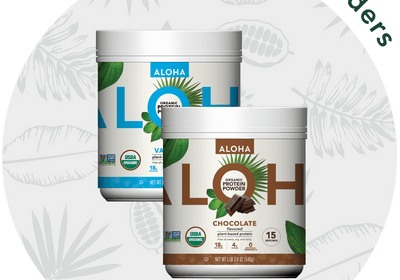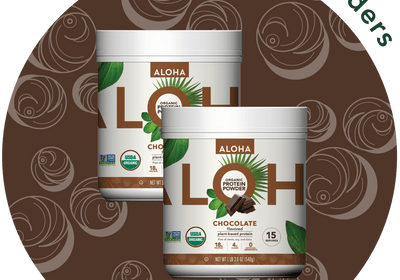Check For Certifications
Certified gluten-free labels ensure that the product meets stringent standards for gluten content, typically less than 20 ppm (parts per million), making it safe for those with celiac disease or gluten sensitivity.
Consider The Protein Source
Deciding between plant-based and animal-based proteins involves understanding your body’s needs and dietary restrictions. Plant proteins are ideal for vegans and are often rich in fiber, while animal proteins may offer a higher concentration of certain amino acids essential for muscle growth.
Examine The Ingredient List
A shorter ingredient list usually signifies a cleaner product. Look for powders without artificial sweeteners, colors, or flavors, and be wary of fillers that add no nutritional value.
Review Nutritional Information
When assessing protein powders, it's important to check the protein content per serving to ensure it meets your nutritional needs, along with any essential vitamins and minerals for overall health. The ALOHA Protein Powders could be a fitting choice, designed to align with such nutritional goals while also supporting your health with its carefully selected ingredients.
Research Brand Reputation
Investigate the brand’s commitment to quality and transparency. Read customer reviews and research to ensure the company conducts third-party testing for their products, indicating a higher level of trust and safety.
Exploring The Best Gluten-Free Protein Powder Options
To identify top gluten-free protein powders, reflect on your nutritional aims, flavor likes, and any extra dietary requirements (like organic components or particular nutrients). Evaluating products against these factors, as well as customer feedback and independent certifications, will help you pinpoint superior choices. Participating in online groups or forums dedicated to gluten-free lifestyles can offer useful tips and suggestions. It's always wise to speak with a healthcare provider before incorporating a new supplement into your regimen to confirm it meets your health goals.
Incorporating Gluten-Free Protein Powder Into Your Diet
Morning Boost
Blend protein powder with fruits, vegetables, and a liquid base to create nutritious smoothies and shakes, offering a wholesome start to your day. Alternatively, for an added protein boost, stir it into hot oatmeal. Check out our guide on how to make a protein shakefor more ideas. This versatile approach ensures you can incorporate essential nutrients into your morning routine.
Baking With Protein
For a protein-packed breakfast or snack, consider replacing part of the flour in your pancakes and muffins with protein powder. Additionally, you can combine protein powder with nuts, oats, and honey to create homemade protein bars. These alternatives not only enhance the nutritional value of your meals and snacks but also offer a delicious way to integrate more protein into your diet. Need inspiration? Here's what to mix protein powder with: what to mix protein powder with.
Creative Cooking
Enhance the protein content of your yogurt by stirring in some protein powder, a simple way to boost its nutritional value. Additionally, consider adding protein powder to your homemade granola mix before baking for an extra dose of nutrition. These straightforward methods allow for a nutritious upgrade to your snacks and meals, making them richer in protein and more satisfying.
Savory Options
To enrich your soups and stews with an extra protein boost, dissolve a scoop of protein powder in a portion of the liquid used for cooking. This method integrates additional protein into your meals, enhancing their nutritional value without altering the taste or texture significantly. It's an easy and effective way to ensure you're getting more protein in your diet, especially in comforting and hearty dishes.

 collection header image
collection header image
 collection header image
collection header image









